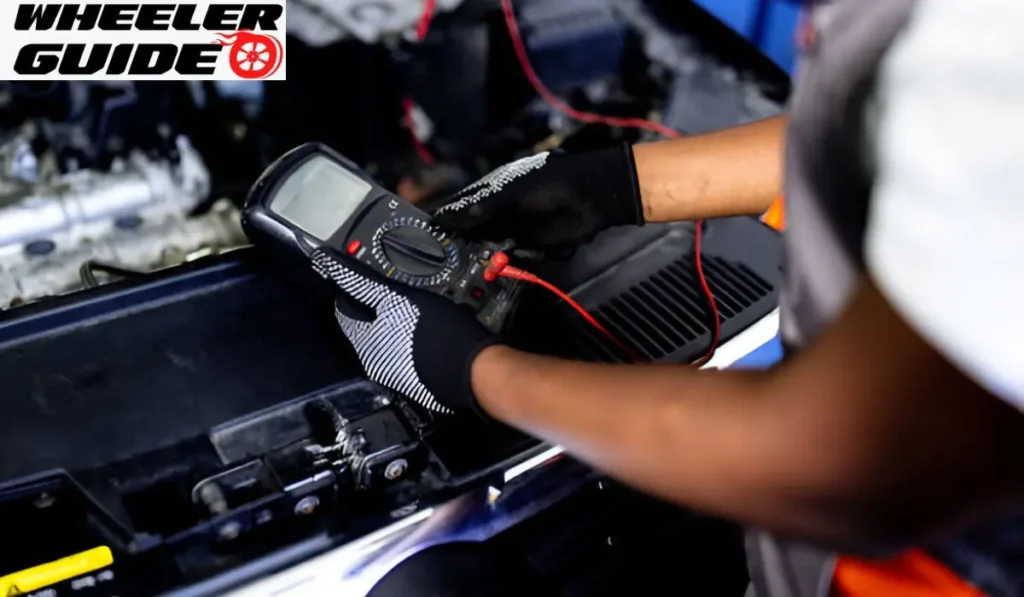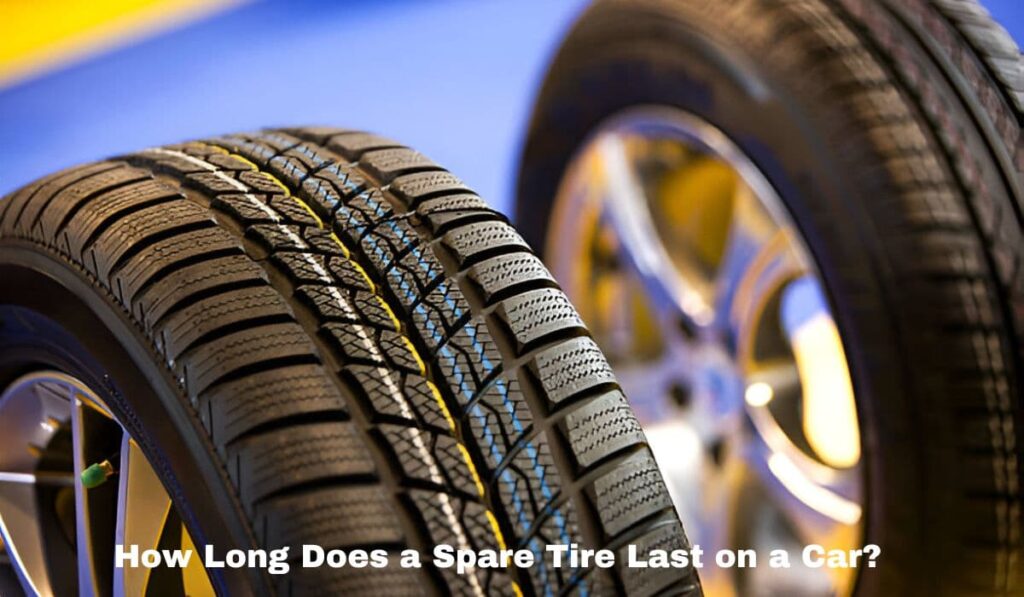Ignition interlock devices are essential for many drivers, but they can sometimes cause electrical issues in vehicles. These devices are designed to prevent drunk driving by requiring a breath test before starting the car. Common problems with interlock devices include battery drain, starting difficulties, and intermittent failures.
Understanding and addressing these issues is crucial for maintaining both the device’s functionality and the vehicle’s performance. Drivers may encounter problems like loose connections, faulty wiring, or electrical interference. By learning to troubleshoot these issues, drivers can ensure their interlock devices work properly and avoid unnecessary stress or complications.
Key Takeaways
- Ignition interlock devices can cause electrical problems in vehicles if not properly installed or maintained.
- Regular checks of connections and wiring can prevent many common interlock-related issues.
- Professional help may be needed for persistent electrical problems with ignition interlock devices.
Understanding Ignition Interlock Devices
Ignition interlock devices are safety tools installed in vehicles to prevent drunk driving. They work by measuring a driver’s breath alcohol content before allowing the car to start.
Components and Functionality
An ignition interlock device has several key parts. The main unit connects to the car’s ignition system. It has a mouthpiece for giving breath samples. A small screen displays instructions and results.
The device also has a camera in some cases. This takes a photo when the driver blows into it. A control box under the dashboard logs data and sends reports.
To use the device, a driver must blow into it before starting the car. If alcohol is detected above the set limit, the car won’t start. The device also asks for random retests while driving.
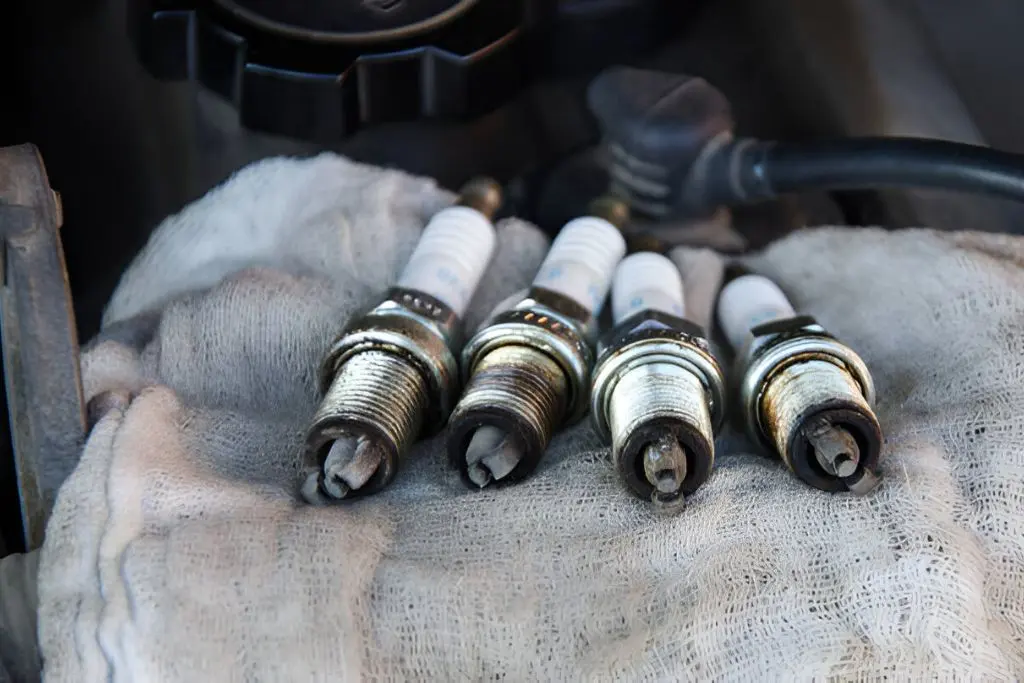
Common Electrical Issues
Battery drain is a frequent problem with ignition interlocks. The device uses power even when the car is off. This can deplete an old or weak battery quickly.
Some drivers report issues with the device not turning on. This may be due to loose connections or blown fuses. In rare cases, the interlock can interfere with the car’s electrical system.
Extreme temperatures can affect the device’s performance. Very cold weather might cause slow start-up or inaccurate readings. Hot weather can lead to overheating and shutdowns.
Regular maintenance is key to avoiding these issues. Keeping the battery charged and connections clean helps prevent many problems.
Troubleshooting and Maintenance Guidelines
Proper care and quick problem-solving are key to keeping an ignition interlock device working well. Regular checks and knowing how to fix common issues can prevent many problems.
Regular Inspection and Care
Clean the device often with a soft cloth. Don’t use water or cleaning products. Check for loose wires or cracks in the casing. Make sure the mouthpiece is clean and free of debris.
Keep the device away from extreme heat or cold. Don’t leave it in direct sunlight. Avoid eating or drinking right before using the device.
Get the device checked by a pro at set times. This helps catch issues early. Follow all care tips from the maker.
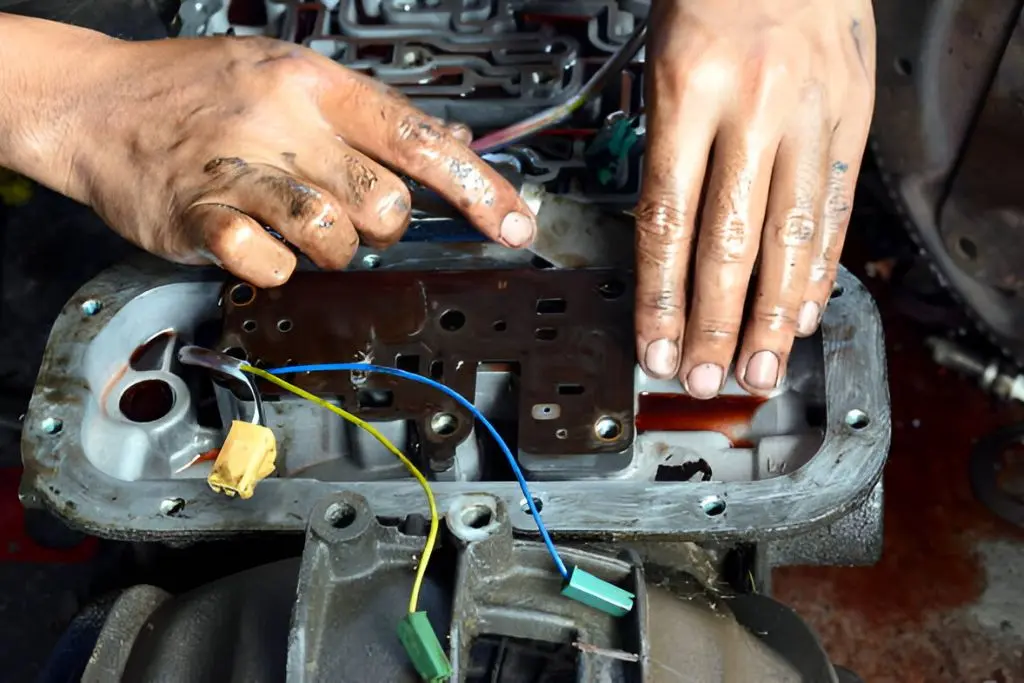
Steps for Troubleshooting
If the device won’t turn on, check the car battery first. A weak battery can cause problems. Make sure all connections are tight.
For failed breath tests, rinse your mouth with water and wait 15 minutes before trying again. Avoid using mouthwash or eating before the test.
If you get error messages, write them down. Call the service center for help. They can guide you through fixes or set up a check-up.
For device problems that keep happening, don’t try to fix it yourself. Get expert help right away to avoid more issues.
Resolving Device Issues
Ignition interlock devices can sometimes experience problems. Knowing how to handle common issues helps keep you on the road safely and legally.
Handling Device Lockouts
Device lockouts can happen for different reasons. If you get a lockout, stay calm. Don’t try to start your car many times. Check if you have a temporary lockout. This often happens after failed tests. Wait the required time, then try again.
For longer lockouts, call your provider right away. They can guide you through next steps. Keep your paperwork handy when you call.
Never try to remove or bypass the device. This can lead to serious legal trouble.
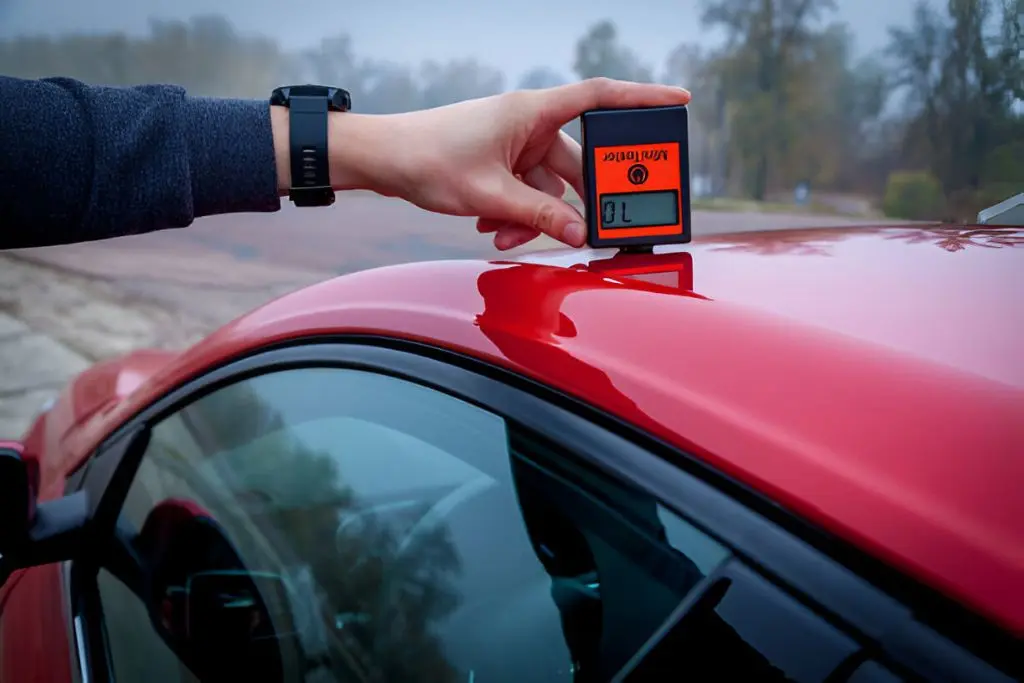
Responding to Error Codes and Alarms
Error codes give clues about device problems. Write down any codes you see.
Common codes include:
- E01: Retest needed
- E02: Service required
- E03: Battery low
If you hear alarms, pull over safely. Some alarms mean you need to take a retest. Check your user manual for code meanings. Many providers have online guides too. For repeat errors, contact your provider. They can often fix issues over the phone.
When to Seek Professional Help
Some problems need expert help. Call your provider if:
- The screen stays blank
- The device won’t turn on
- You see repeat error codes
- The car won’t start after passing a test
Don’t try to fix the device yourself. This could damage it or violate your programme rules. Professional technicians can diagnose and fix most issues quickly. They have special tools and training. If your device needs repair, you may get a loaner. This helps you stay compliant with your programme. Always tell your monitoring authority about device issues. They may need to note it in your records.
Interlock Considerations for Vehicle Compatibility
Ignition interlock devices (IIDs) can present challenges when installed in certain vehicles. Proper installation and maintenance are key to avoiding issues.

Issues with Older Vehicles
Older cars may face compatibility problems with ignition interlock devices. Outdated electrical systems can interfere with IID function. Loose connections in ageing wiring harnesses may cause false readings or prevent the car from starting.
Some vintage models lack the necessary ports for easy IID installation. This can lead to more complex and costly setups. Mechanics may need to modify existing systems to accommodate the device.
Older vehicles often have weaker alternators. This can impact the IID’s power supply, causing intermittent failures. Regular alternator checks are vital for smooth operation.
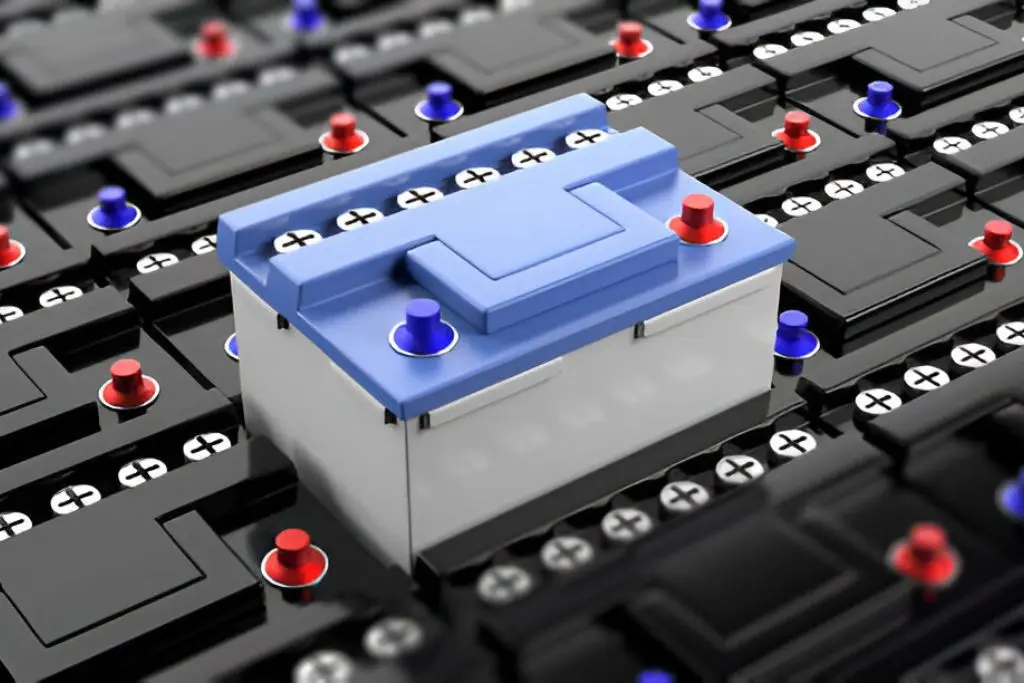
Preventing Battery Drain
IIDs can put extra strain on a vehicle’s battery. To avoid drain, drivers should start their cars regularly, even when not in use. Short drives help maintain battery charge.
Modern interlock devices are designed to minimize power consumption. However, older or faulty units may draw more power than expected. If an unusual battery drain occurs, prompt inspection is necessary.
Some tips to prevent battery issues:
- Use a battery maintainer when the car is parked for long periods
- Keep battery terminals clean and tight
- Consider upgrading to a higher capacity battery if needed
Regular vehicle maintenance helps ensure the IID and car’s electrical system work together smoothly.
Frequently Asked Questions
Why is my ignition interlock device failing to start the engine?
An ignition interlock device may fail to start the engine due to loose connections. Check if the device is securely connected to the car’s electrical system.
A low car battery can also prevent the interlock from powering on. Ensure the battery has enough charge to run the device.
What could cause my ignition interlock device to display error codes?
Error codes often appear when the device detects an issue. This could be due to incorrect breath samples or device malfunctions.
Some codes indicate a need for device calibration. Others may signal electrical problems within the interlock system.
How can an ignition interlock device drain the car battery?
Ignition interlocks draw power from the car’s battery. If left connected when the car is off for long periods, it can slowly drain the battery.
Some devices have a sleep mode to reduce power consumption. However, faulty wiring or a defective device may cause excessive battery drain.
Are there common electrical issues with smart start ignition interlocks?
Smart Start interlocks can experience connectivity problems. This may result in the device failing to communicate with the vehicle’s systems.
Power fluctuations can cause Smart Start devices to malfunction. Regular maintenance can help prevent these issues.
Can frequent interlock violations lead to device malfunctions?
Repeated violations don’t directly cause malfunctions. However, they may lead to more frequent recalibrations or inspections.
These additional procedures could potentially reveal or create electrical issues if not performed correctly.
What are potential electrical problems in ignition interlocks in specific car models like Chevy or Toyota?
Different car models may have unique electrical systems that interact differently with interlocks. Some Chevy models might experience compatibility issues with certain interlock brands.
Toyota vehicles could face problems if the interlock isn’t properly integrated with the car’s existing anti-theft system. Proper installation by a certified technician is crucial for all vehicle makes.
